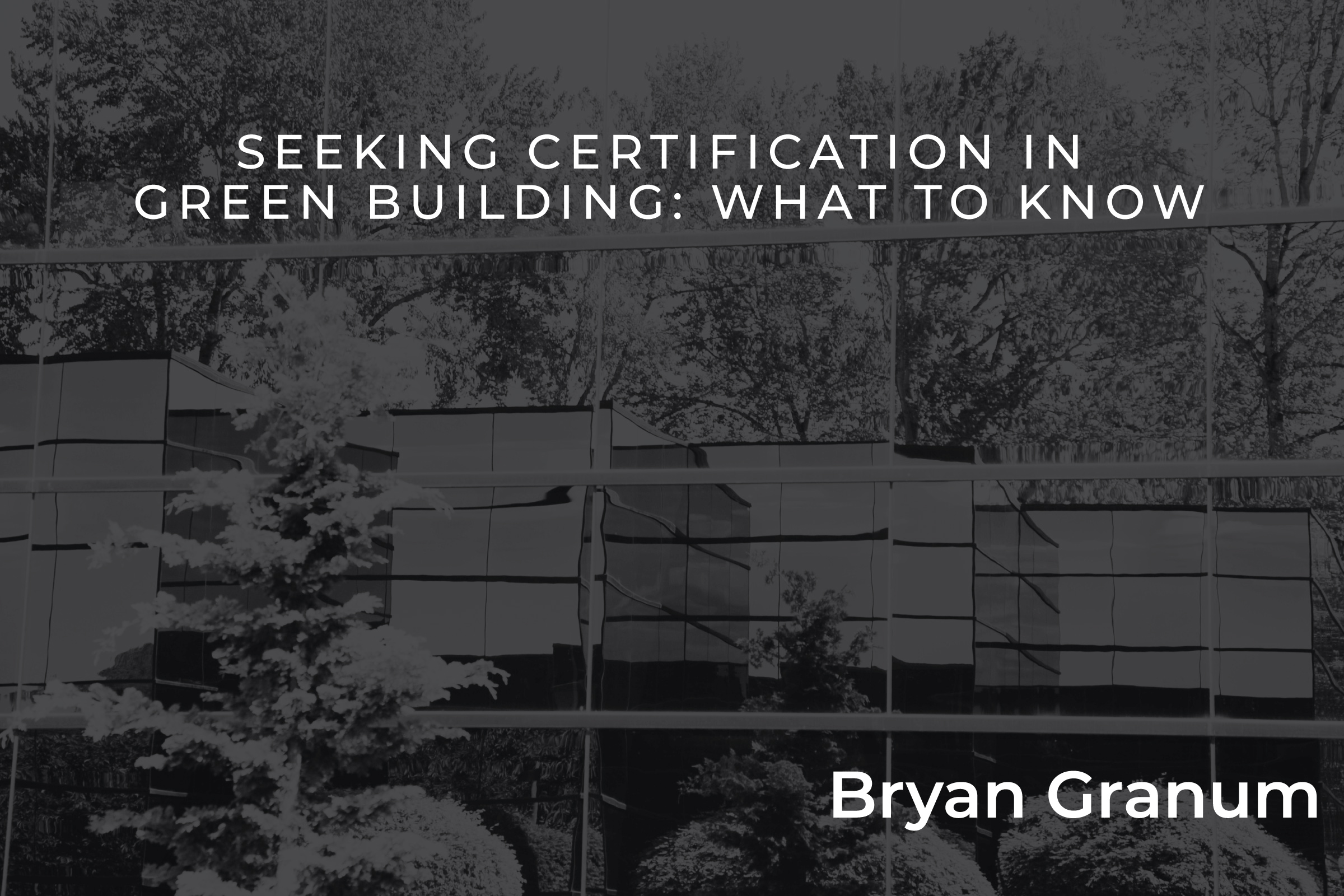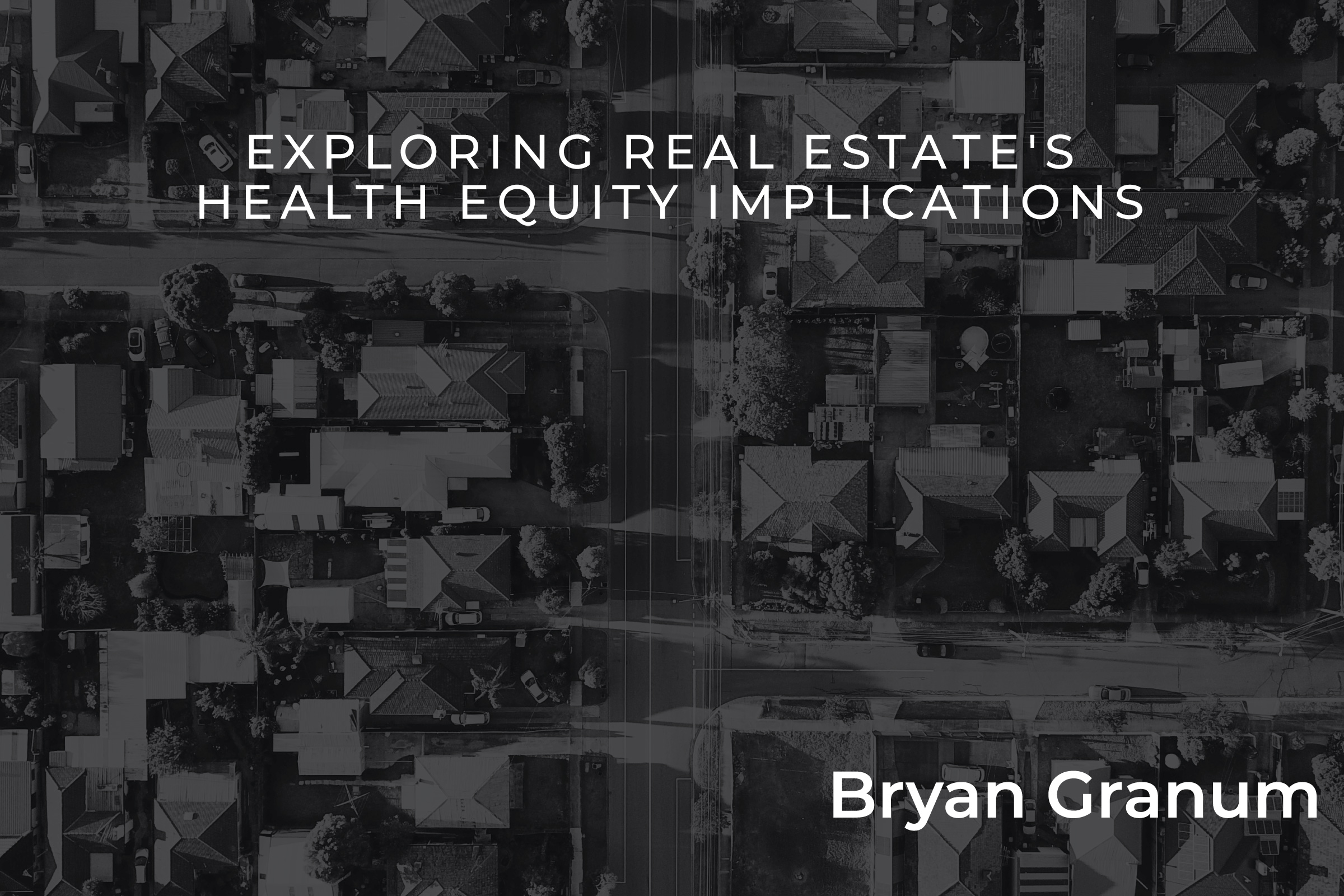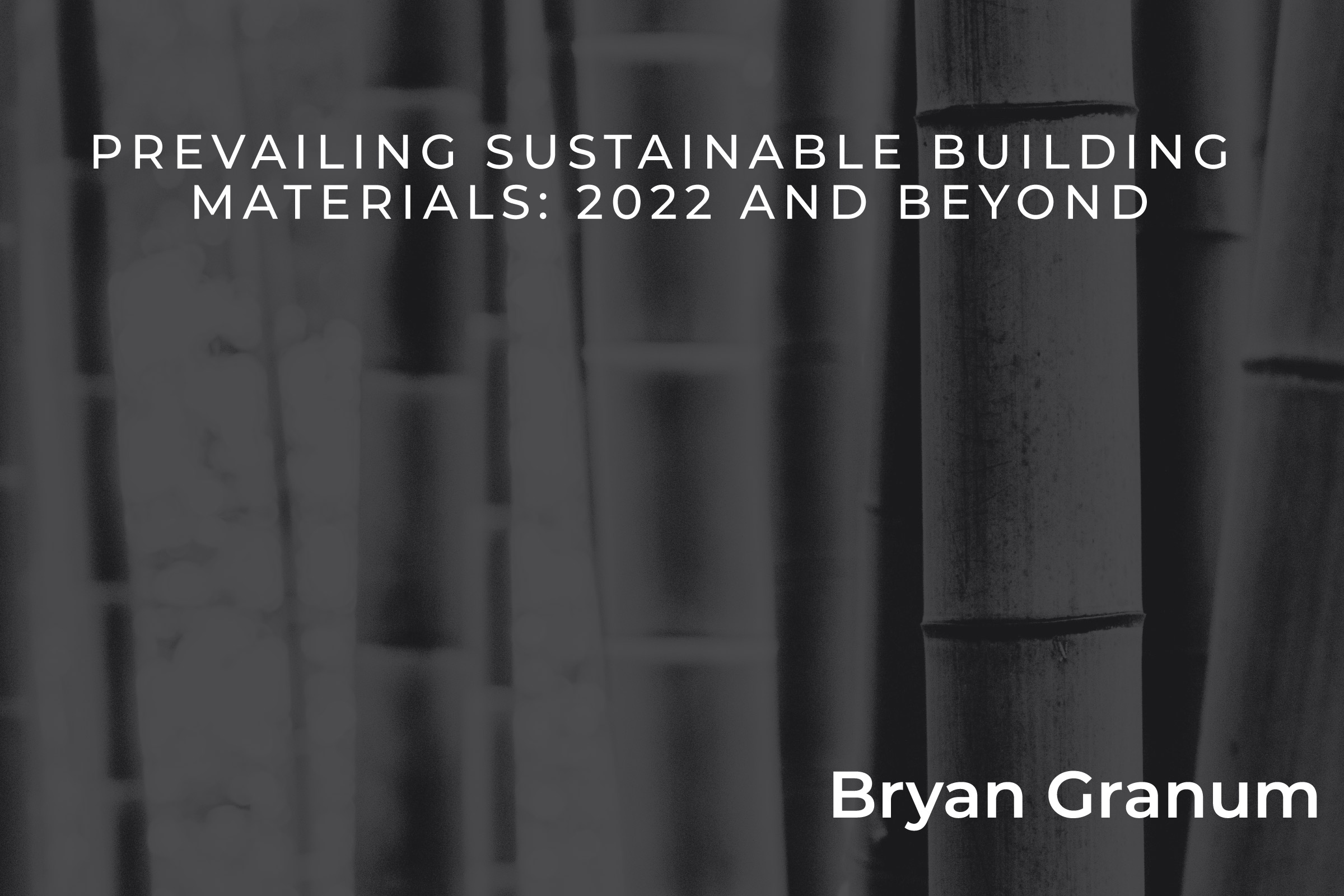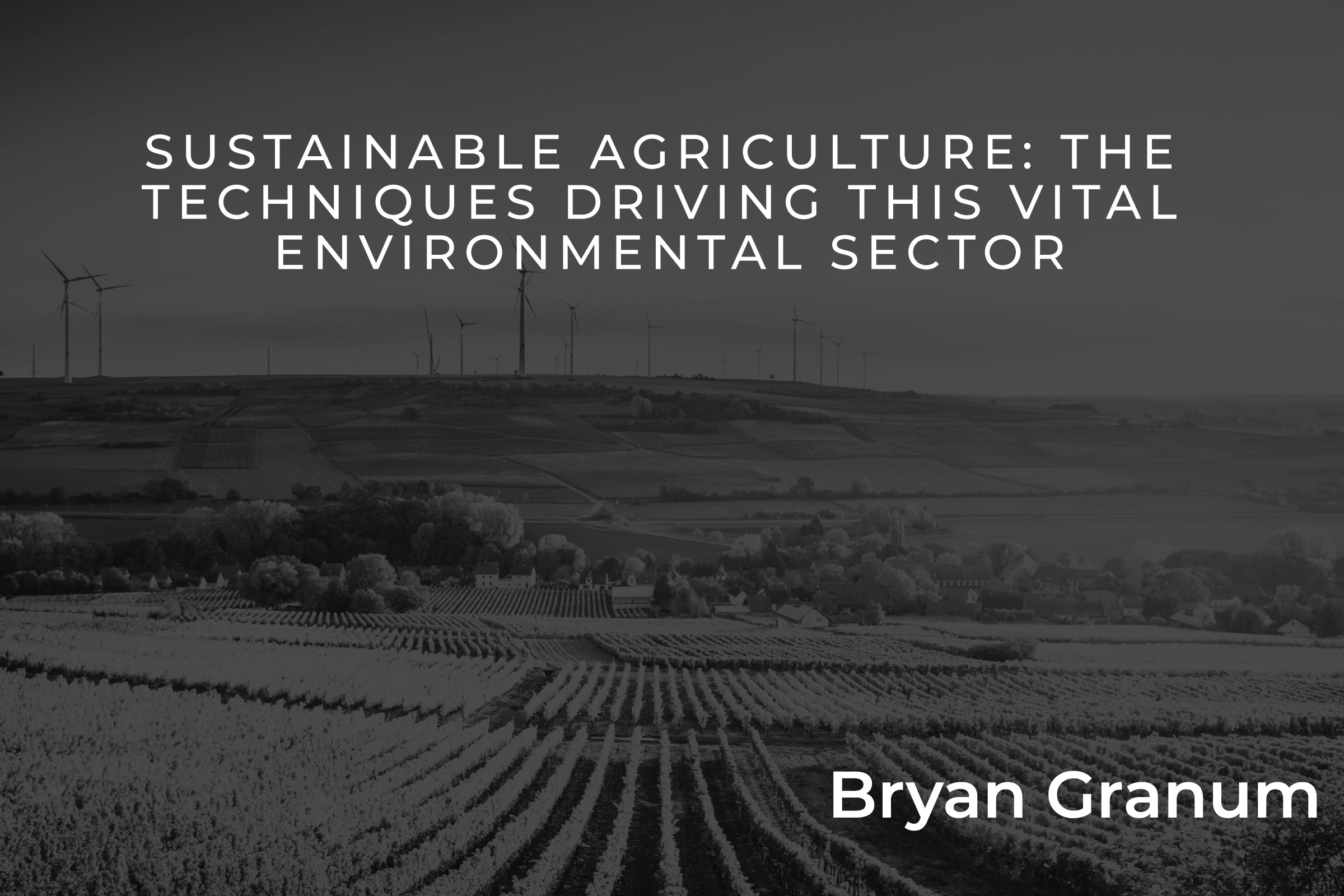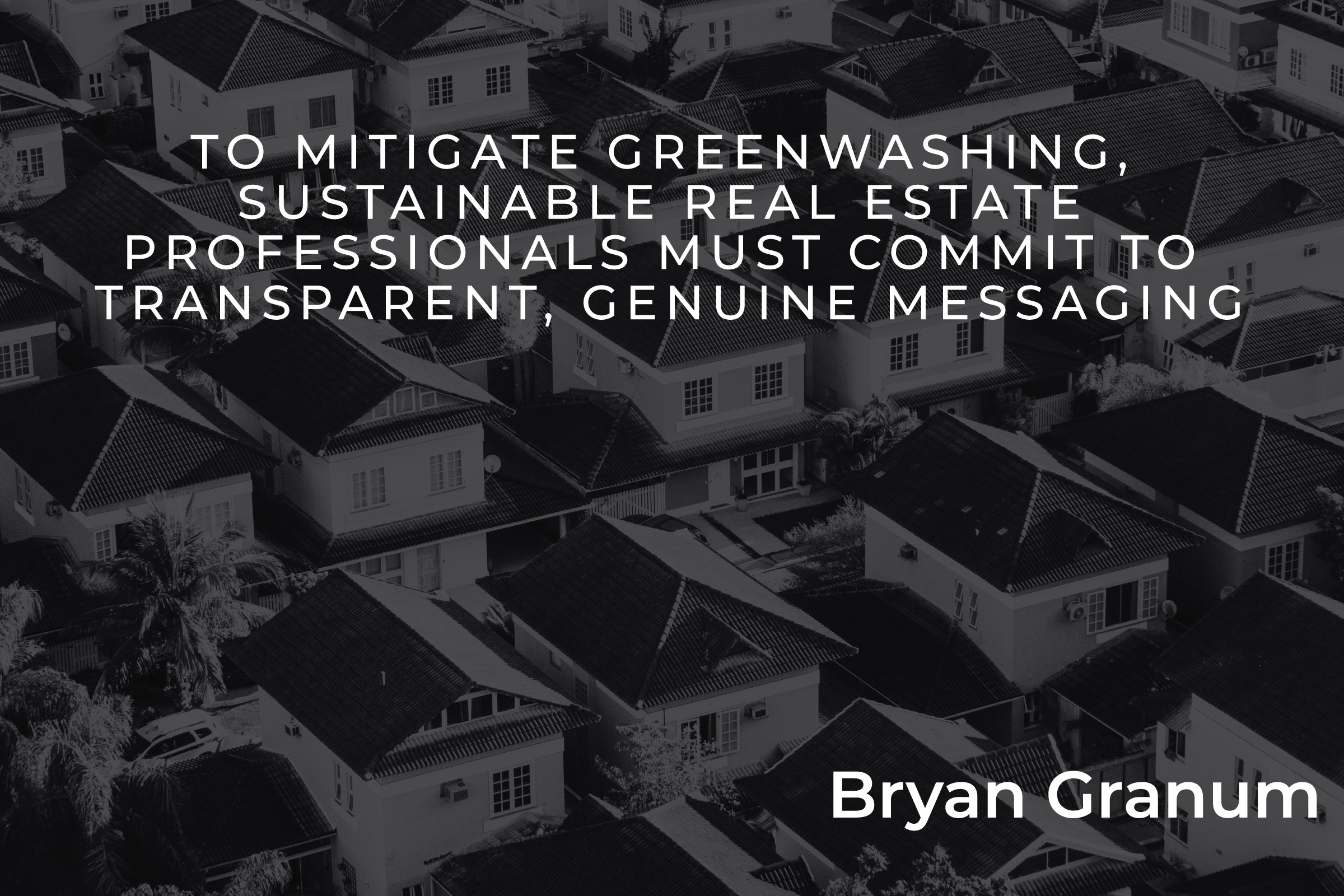In the past few decades, the real estate industry has started taking steps to rectify its longstanding sustainability problem. This process includes ways to limit environmental encroachment, bolster the use of sustainable alternative resources, and achieve a healthy blend of ecological stewardship and social engagement. Most importantly, the field is shifting toward greener building practices, which can help reduce buildings’ direct and indirect impact on the natural world.
Real estate companies can subscribe to these practices by becoming certified in green building. Today, there are many green building certification programs created to facilitate sustainable construction, and this can help real estate companies remain viable – both as competitive entities in their industry and as contributors to the greater sustainable good. Gaining this valuable designation can be simple with the right preparations and considerations.
Green certification’s biggest strength is perhaps also its biggest challenge; there is an increasingly large list of certification programs from which to choose (at least several hundred, by one estimate), and this wealth of options can make the selection process daunting at first. Finding the right program boils down to a balance of internal auditing and certification research and insight.
A real estate company should first take stock of its values and goals in making a sustainability commitment, ensuring these aspirations are genuine and not just a performative marketing ploy (a nefarious self-gain tactic known as “greenwashing”). The company should have a clear vision of its ultimate goal – for instance, a newfound emphasis on mixed-use development or reduced dependence on fossil fuel-oriented material production – and the certification should augment that plan. At the same time, company executives must become versed in potential certifications, performing background checks to vet programs that may be illegitimate or incompatible with company goals.
As a potential starting point, here are a few leading green certification programs at a glance:
- Leadership in Energy and Environmental Design (LEED) – Arguably the most well-known green certification, LEED is intended for all building types and phases and has nine separate certification programs; these include commercial, retail, new construction, existing buildings, and neighborhood development. LEED follows a point-based system with separate tiers of certification, including (from lowest to highest) “LEED Certified, LEED Silver, LEED Gold, and LEED Platinum.”
- Building Research Establishment Environmental Assessment Method (BREEAM) – The BREEAM certification recognizes sustainable buildings and other construction projects, covering new, in-use, and refurbished structures. The program assesses potential recipients based on a star rating of one to six and a general designation of “pass, good, very good, excellent, or outstanding.”
- Living Building Challenge (LBC) – LBC analyzes a project’s sustainability performance over 12 months. To qualify for the certification, the observed project must earn seven “petals,” performance indicators that include materials, water, site, equity, beauty, health, and energy.
- Energy Star – Offered through the Department of Energy and the Environmental Protection Agency, the Energy Star green building certification emphasizes energy efficiency as its primary assessment variable. To qualify, observed projects must be at least 15 percent more energy efficient than traditional properties, earning an “Energy Star score” of 75 or higher.
- National Green Building Standard (NGBS) – The NGBS certification is available through the National Association of Home Builders (NAHB); it focuses exclusively on residential properties, including single-family, multi-family, and mixed-use projects. NGBS also follows a point-based certification process, ranging from bronze to emerald status.
The certification sector is relatively saturated, but broadly speaking, a company’s final choice should be transparent, relevant, devoid of financial conflicts of interest, and centered on science-backed guidelines and standards.
By seeking green building certification with this mentality, real estate companies can help foster a more sustainable culture. Certification reflects a commitment to a better way of building, and it shows prospective tenants and investors that planetary health is becoming a valuable new norm in the industry.
